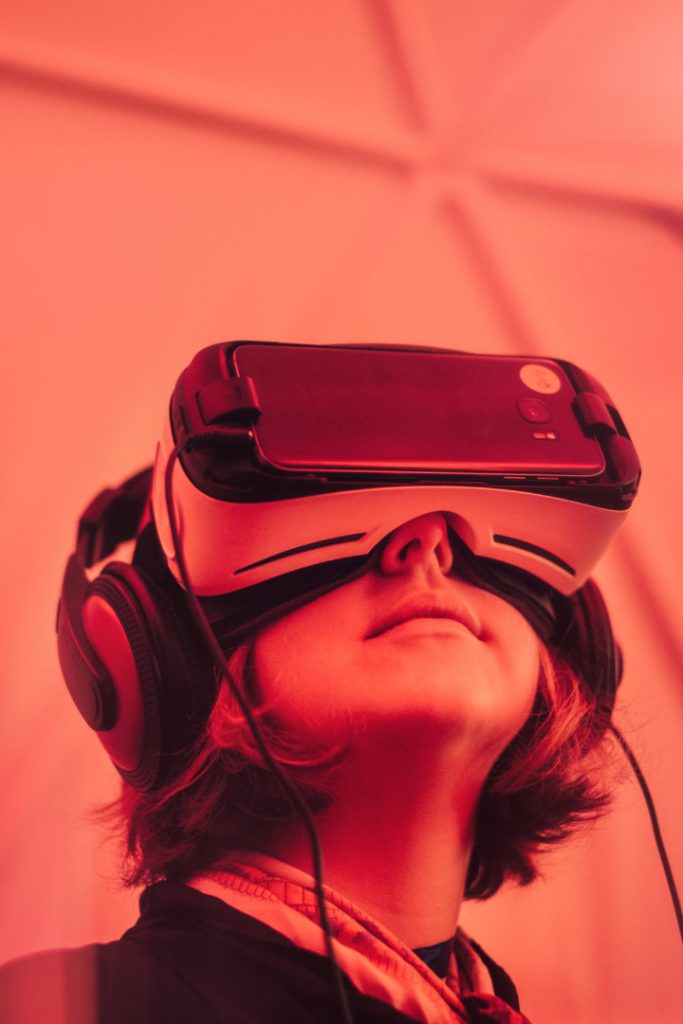
Technology is causing massive changes in all sectors of the economy. These changes have been felt in the health sector, financial world, entertainment, and even government. The good news is that these changes will make the world a better place! One of the key sectors that has been affected by this disruption is education. These innovations are giving classrooms a new look and have changed the ways in which lessons are conducted. Here are the top six technology innovations that are causing major changes in education.
Virtual Reality technology is already the hottest thing in the tech world. Big companies are gearing up for a brutal war over this technology including Google, Sony, Oculus (backed by Facebook), Samsung, and more. One of the areas of application of VR technology is education. With VR, students can learn via interacting with a 3D world. Google has been on the forefront of introducing experiential learning in schools through VR technology.
Artificial intelligence is being applied in all levels of technology, from the lowest to the most advanced levels. AI is used in schools to automate key activities such as grading of subjects and providing feedback on areas that need improvement. It is also used to enhance personalized learning among students, especially those with special needs. Through machine learning, adaptive programs have been developed that care for the individual needs of students. AI tutors have been developed to teach students subjects such as mathematics and writing.
Educational resources can be accessed from any part of the world thanks to cloud computing technology. Vital resources such as written lessons, audio lessons, videos, and video assignments can be stored on a school’s cloud terminal. Students can access these resources from the comfort of their homes and complete and submit the assignments back to their tutors. Flimsy excuses that students give for not doing assignments may be a thing of the past. Cloud computing will eliminate the hassle of carrying tons of books or practically living at your local library. This technology also allows students to chat live with their tutor.
3D printers are already causing ripples in the education sector and students are loving them. Content that was previously taught via text books can now be expressed through 3D models. Through this printing technique, students can have a better understanding of something that was thought to be complex. In higher educational institutions, 3D printing is used by engineers and system designers to develop prototypes to be used in the development of final systems. 3D printing takes concepts and makes them real.
Educational institutions have not been left behind in capitalizing on the impact of social media. In fact, most of these social networking sites were developed on campuses and the first users were college students. Universities and colleges can connect with each other through social networking sites even if they are several continents apart. Through these sites, they are able to organize contests, meetings, and parties. Students from different schools use social media to exchange ideas which can change lives.
No more truancy and cheating! The introduction of biometric systems in schools has helped to streamline the education and enhance discipline. Facial recognition, fingerprints, voice recognition, and eye tracking are some of the biometric methods that schools have implemented to streamline their operations. Apart from being used to monitor a student’s class attendance, they are used when borrowing school properties such as books in the library. Teachers use eye tracking methods to monitor how students are absorbing content that they have been taught.
Widespread access of the Internet is one factor that has accelerated the implementation of technological innovations in the education sector. Ideas spread fast and people can research the best methods for using technology in education. Hardware companies are producing devices such as laptops and tablets which are customized to meet specific education needs. Cut-throat competition among different technology firms is another factor that is will accelerate the rate of technology innovations. The future of education certainly looks bright!
619 Main St
Vincennes, IN 47591
812.726.4500